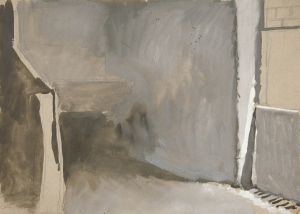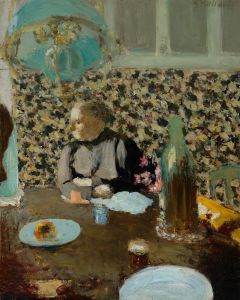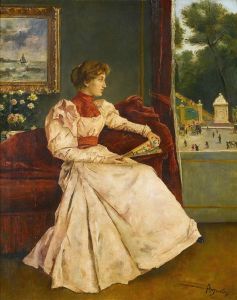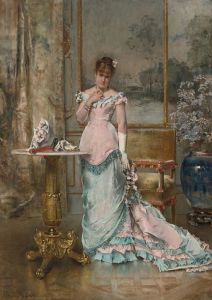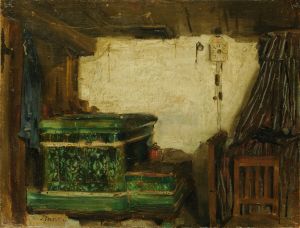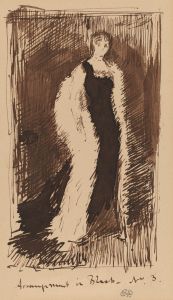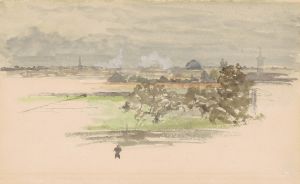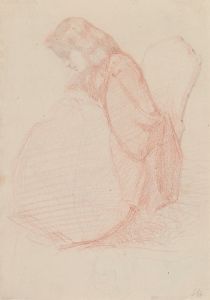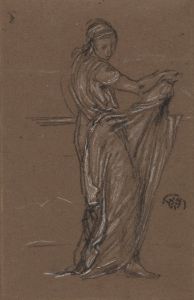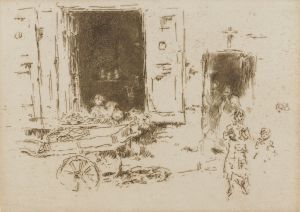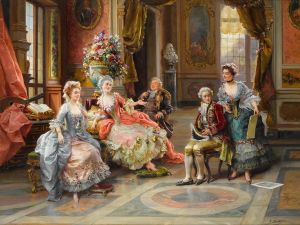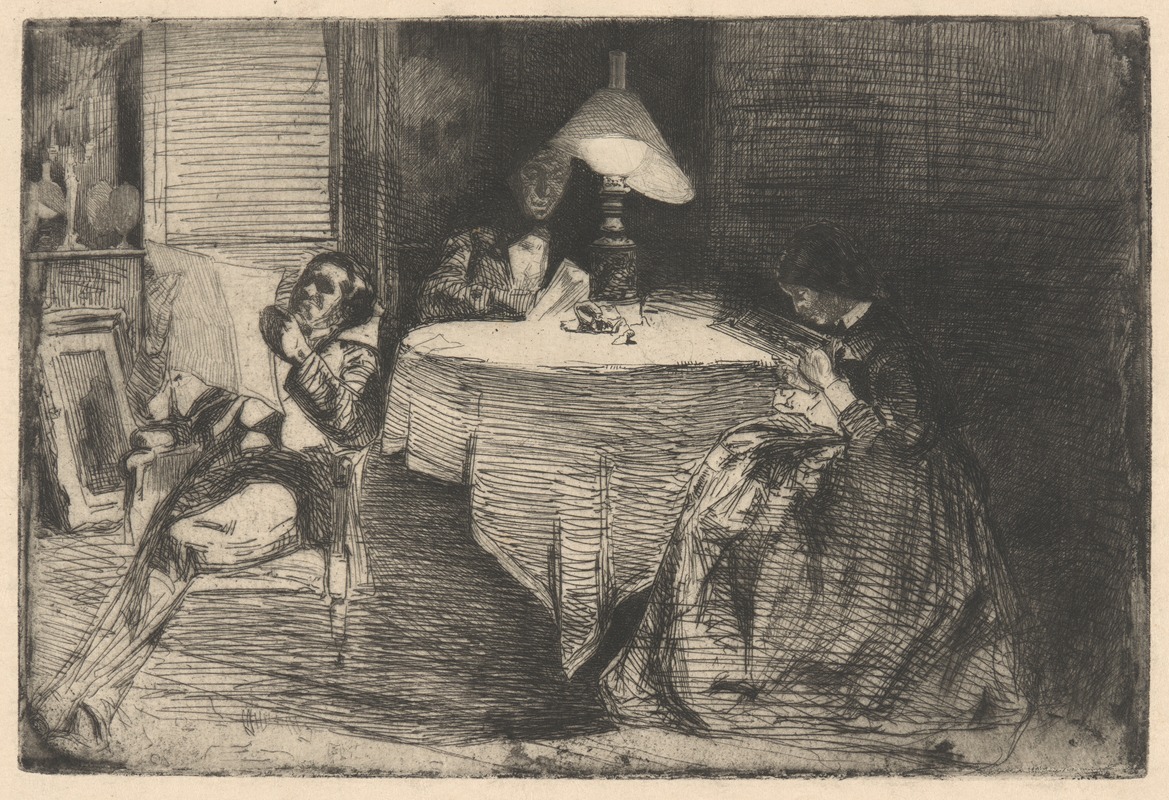
The Music Room
A hand-painted replica of James Abbott McNeill Whistler’s masterpiece The Music Room, meticulously crafted by professional artists to capture the true essence of the original. Each piece is created with museum-quality canvas and rare mineral pigments, carefully painted by experienced artists with delicate brushstrokes and rich, layered colors to perfectly recreate the texture of the original artwork. Unlike machine-printed reproductions, this hand-painted version brings the painting to life, infused with the artist’s emotions and skill in every stroke. Whether for personal collection or home decoration, it instantly elevates the artistic atmosphere of any space.
James Abbott McNeill Whistler's "The Music Room" is an oil painting created in the late 19th century, showcasing the artist's distinctive style and his interest in the harmonious arrangement of color and form. Whistler, an American-born artist who spent much of his career in Europe, is best known for his contributions to the Aesthetic Movement, which emphasized the visual and sensual qualities of art over its narrative content.
"The Music Room" is part of Whistler's exploration of interior scenes, a subject he approached with a focus on mood and atmosphere rather than detailed representation. This painting reflects Whistler's fascination with the interplay of light and shadow, as well as his ability to capture the subtle nuances of color and tone. The composition typically features a domestic setting, often with figures engaged in quiet, introspective activities, which is a hallmark of Whistler's work during this period.
Whistler's technique in "The Music Room" is characterized by his use of a limited palette and delicate brushwork, which create a sense of intimacy and tranquility. The painting's subdued colors and soft lighting contribute to its overall serene and contemplative mood. Whistler often employed a technique known as "tonalism," which involves the use of closely related shades of color to create a harmonious effect. This approach is evident in "The Music Room," where the subtle gradations of color enhance the sense of depth and atmosphere.
The setting of "The Music Room" is likely inspired by the interiors of Whistler's own residences or those of his patrons, reflecting his interest in the aesthetic arrangement of space. The painting may include elements such as musical instruments, furniture, and decorative objects, arranged in a way that emphasizes their formal qualities rather than their functional aspects. This focus on the aesthetic arrangement of objects aligns with Whistler's belief in "art for art's sake," a central tenet of the Aesthetic Movement.
Whistler's work, including "The Music Room," was often met with mixed reactions from contemporary critics. While some praised his innovative approach to composition and color, others criticized his departure from traditional narrative and representational art. Despite this, Whistler's influence on the development of modern art is widely recognized, and his work continues to be celebrated for its contribution to the evolution of painting in the late 19th and early 20th centuries.
"The Music Room" exemplifies Whistler's ability to transform everyday scenes into works of art that transcend their mundane origins. Through his masterful use of color, light, and composition, Whistler invites viewers to engage with the painting on a sensory level, appreciating the beauty of form and the subtle interplay of elements within the scene. This focus on aesthetic experience over narrative content marks Whistler as a pivotal figure in the transition from traditional to modern art.





